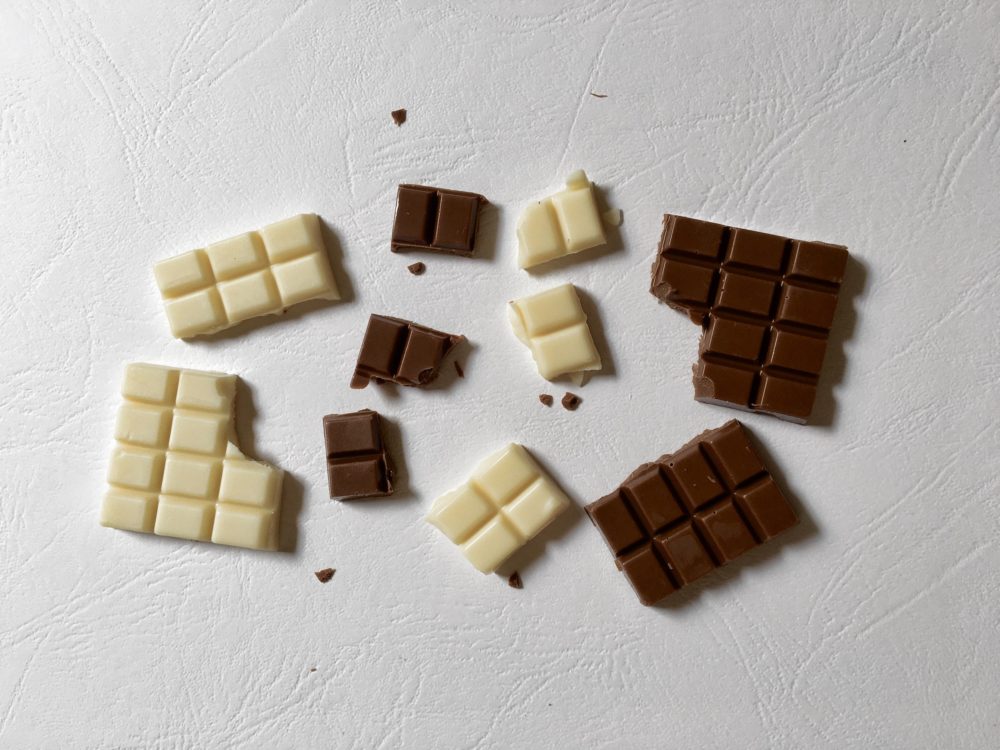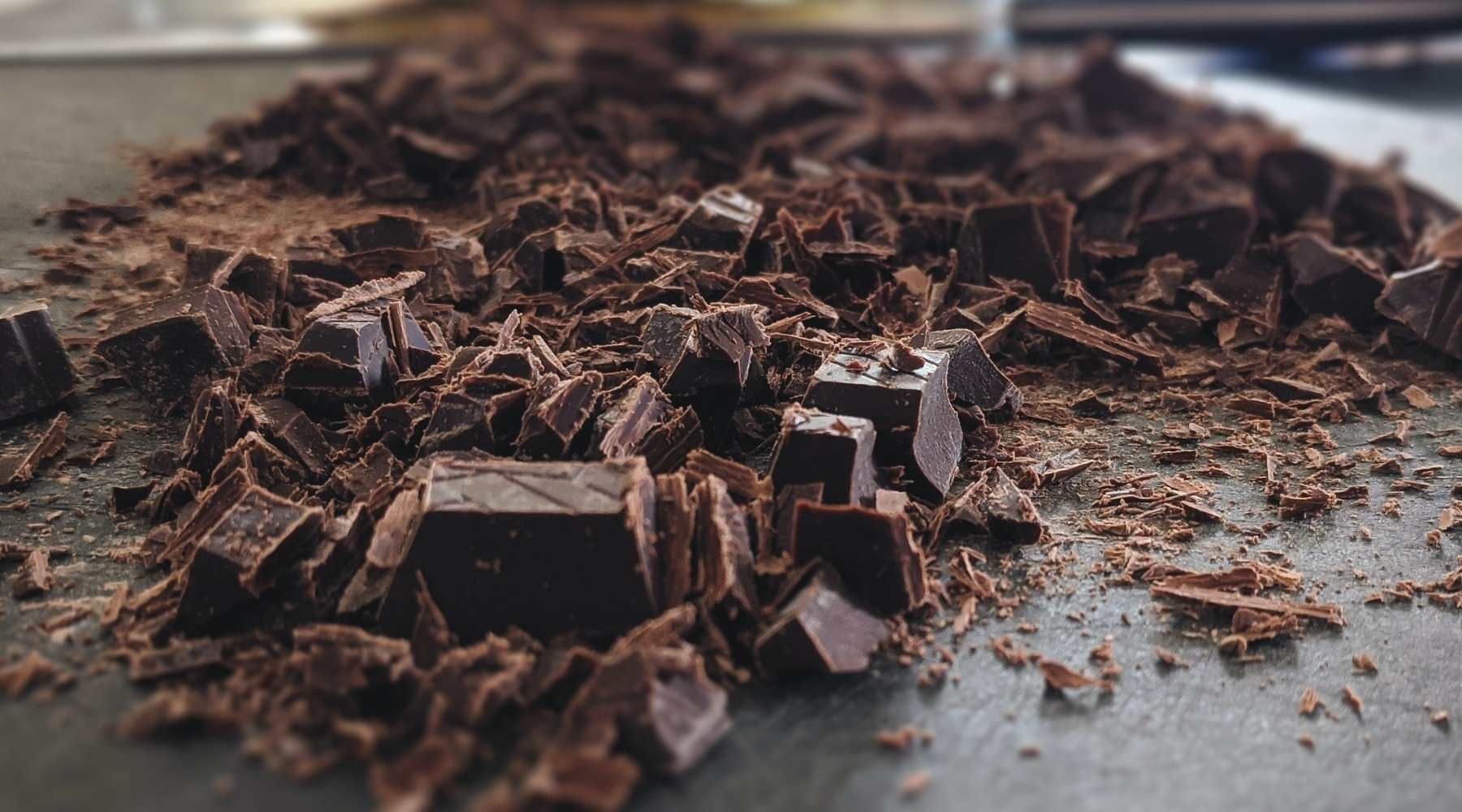What is so special about the ingredients of Cacao Y Nada?
With the Cacao Y Nada, Ritter Sport has dared to attempt a completely new experiment. A chocolate made from everything the cocoa pod has to offer. The bar consists of cocoa beans, sweetened with cocoa fruit juice. The cocoa pulp is part of the cocoa pod and coats the cocoa beans. Among other things, it has an important function in the fermentation process , but can also be processed into cocoa fruit juice drinks or used as a sweetener for chocolate.By the way: even if sweetening with cocoa fruit juice may be more sustainable overall for ecological reasons, the properties are not particularly different from conventional sugar. If you look at the nutritional values of Cacao Y Nada, you can quickly see that chocolate with cocoa fruit juice is neither low carb nor particularly suitable for diabetics. This is simply another, previously little-known type of sweetness.
Where did the hype come from?
The so-called cocoa regulation states that everything that is called chocolate must contain the following ingredients: cocoa mass, cocoa butter and - and here lies the problem - sugar. Accordingly, food rights activists assumed that Cacao Y Nada did not comply with the applicable regulations. The responsible federal ministry, however, announced that, from their point of view, Ritter Sport could definitely call Cacao Y Nada chocolate. And that's not all: Ritter Sport is far from the first to have a problem with the regulation. Other companies across the EU have already had to contend with similar problems.For example, a start-up from the UK has been sweetening their “chocolate” with date sweetener for several years. And Zotter has also approached this problem in a creative way: instead of a big PR hoopla, they have aptly named their alternative “chocolate” Squaring the Circle. Rather than a real problem, this appears to be more of a clever marketing move. And of course it is extremely exciting to see that larger manufacturers like Ritter Sport are now also concerned with topics such as sustainability, reduction of sugar and transparency in cocoa procurement. Because the cocoa beans for Cacao Y Nada are not just any beans. They are cocoa beans from Ritter Sports cocoa plantation 'El Cacao' in Nicaragua. While the majority of Ritter Sport's cocoa beans still come from unnamed sources, the origin of the beans in this bar can at least be clearly identified.
How does Cacao Y Nada taste?
Even though the Cacao Y Nada is currently trading for over €25 on eBay and is produced according to the bean-to-bar principle, we wouldn't necessarily describe it as fine chocolate. If you first look at the ingredients of Cacao Y Nada, what stands out particularly negatively is the use of “lean cocoa powder”. In our opinion, this obviously has little place in high-quality chocolate; in fact, it should not be found in any chocolate. Since we don't know the reasons for this, we can only assume that the cocoa powder is used as a replacement for emulsifiers. At Ritter Sport, the use of cocoa powder is not discussed in detail. And the taste? In the monotony of industrially produced chocolates, the bar definitely stands out. It tastes quite mild, slightly bitter and slightly fruity. Compared to other dark supermarket chocolates - which are often over-roasted and therefore bitter - Cacao Y Nada is more nutty, caramelly and molassy. If you know the original taste of cocoa fruit juice , then you have the feeling that you can also taste notes of lychee. A clear roasted note also shines through.



